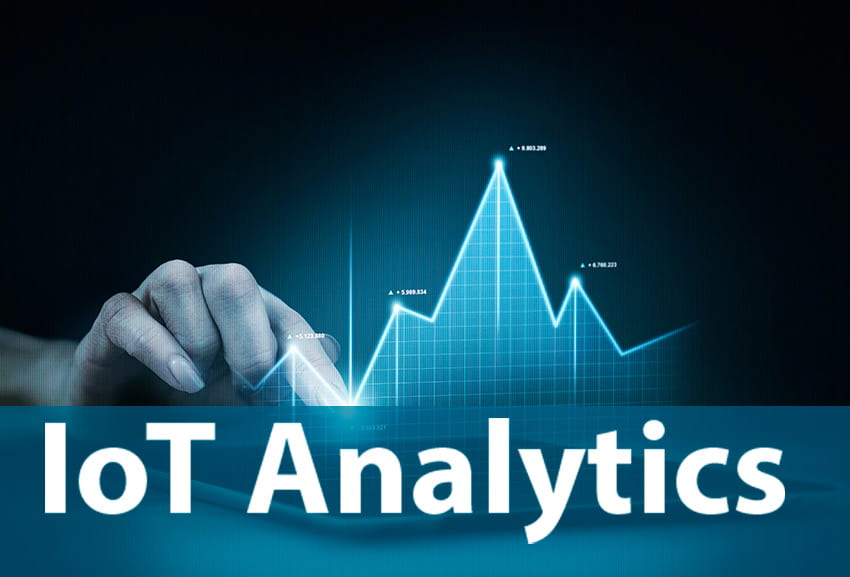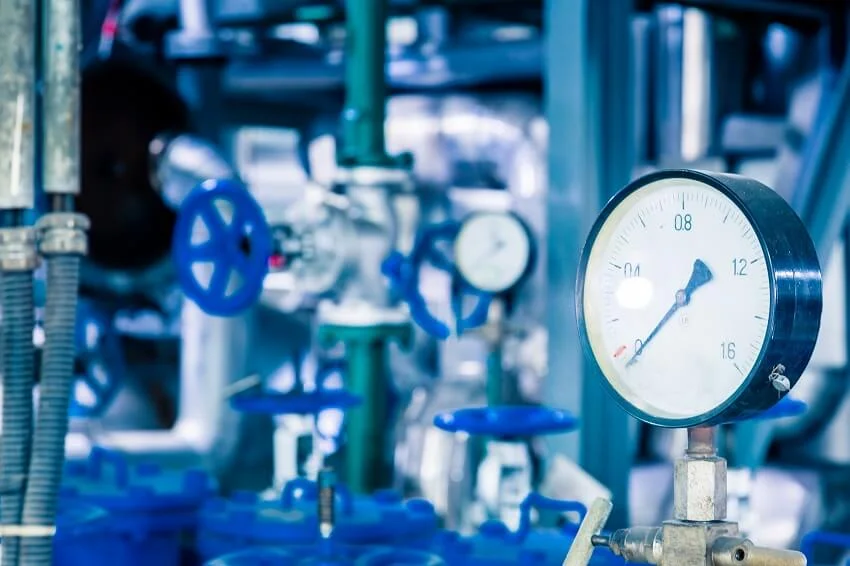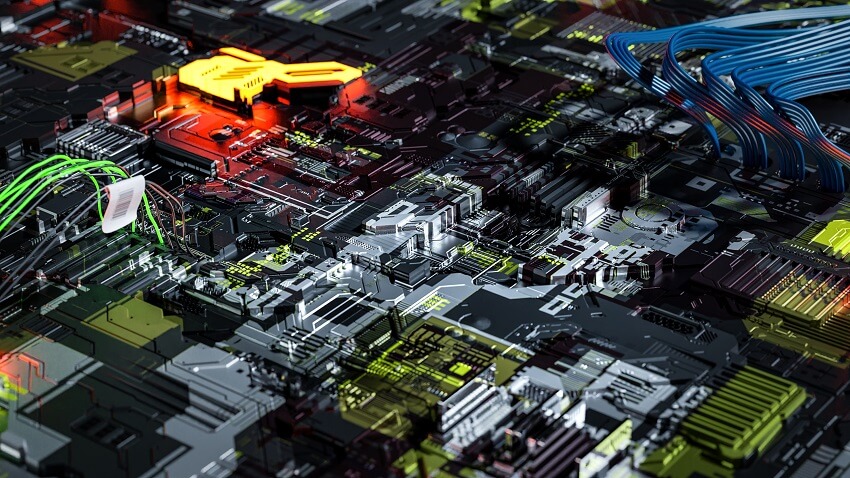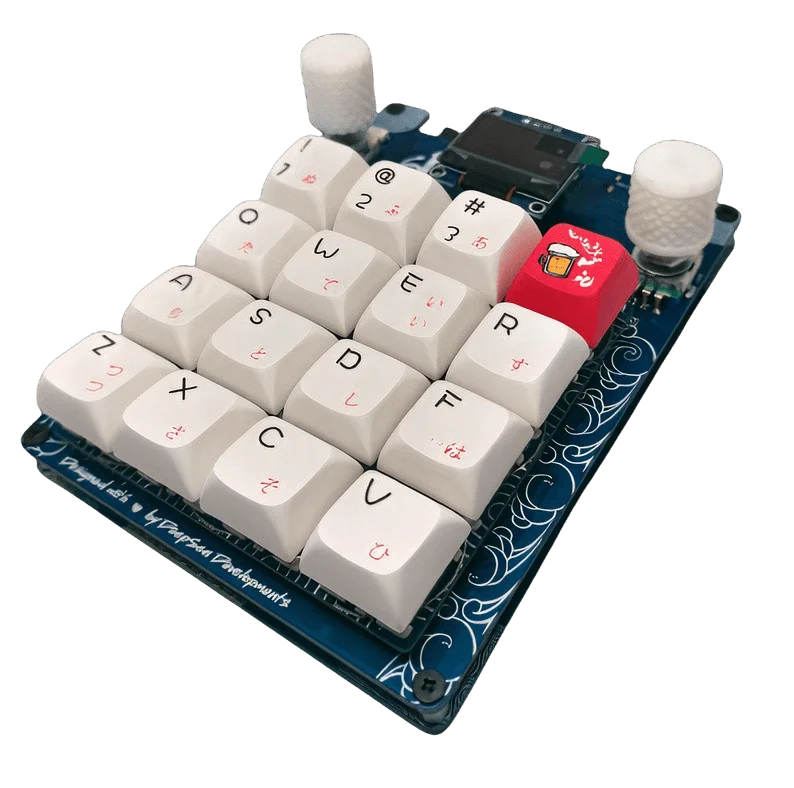Have you heard about big data? Large sets of data are being generated by the time you read this article. This is in part due to the increasing amount of IoT devices that are constantly gathering data. But, what happens when there is a lot of information to check about these products? That’s why it is necessary to speak about IoT analytics and its benefits.
What is IoT analytics?
In simple terms, the IoT analytics definition is the examination of large amounts of information collected by IoT devices. This analysis can be done through IoT analytics platforms, which are specifically designed to process large amounts of data.
The analytics of IoT are commonly addressed in Industrial IoT (IIoT), in fact, we have spoken about industrial IoT applications, since the devices used by companies in this area collect data constantly, and in order to improve operational processes, they need to analyze this information and make decisions accordingly.
Industrial IoT analytics benefits
According to Mordor intelligence, the IoT analytics market size was “USD 17.14 billion in 2020, and it is expected to reach USD 81.67 billion by 2026.”
The potential growth of the IoT analytics market is mainly due to the exponential adoption of Internet of Things devices worldwide. However, this is not applicable in the IoT devices examples we see every day in our homes. IoT analytics is growing in the industrial companies that are counting every day on robots to produce their goods and automate processes; meaning the generation of large amounts of data and the need to analyze it.
Now that you understand the importance of IoT, let’s see the three types of IoT analytics that can be generated thanks to the use of these technologies in factories:
- Real-time analytics
- Descriptive analytics
- Predictive analytics
1. Real-time analytics
Thanks to sensors such as temperature, proximity, motion, water quality, and chemical, among others, companies can gather real-time analytics to understand how the machinery is performing, or if there are any risks to productivity or logistics.
For instance, real-time analytics allow you to turn off a machine remotely if you observe there is a strange raise in temperature that may affect the facilities, workers, and products.
This benefit of IoT analytics helps administrators make decisions quickly during the operational process of the company, thus saving lives and money when an obstacle arises.
2. Descriptive analytics
Basically, descriptive analytics help industrial companies describe, show, and summarize all data collected in a specific place and period of time.
Thanks to all the data your IoT sensors and devices are constantly collecting, you can take that information and start filtering the data you may think can improve your operations (See IoT telematics).
Let’s say you have a farm, and you are tracking the soil’s humidity. From the data gathered, you could filter the information that helps you understand what days of the week the soil preserves the humidity for a longer period of time, and vice versa, what days it tends to be dry, and make decisions about what time of the day or moment of the week is the most optimal for watering the crops.
3. Predictive analytics
Tons of data means tons of information, that is, you have the opportunity to know what’s happening around, how to correct issues and improve your operations. However, that’s not all, with IoT analytics you have the opportunity to predict.
When you have enough data, you can start predicting through statistical models the upcoming results. For example, you could predict how many units of a product can be done by the end of the month if you increase the energy consumption, or if you change the internal processes to increase production speed.
Another way is using the collected data to predict the optimal performance of the company in different areas, and start acting upon it.
A final example we can share regarding this IoT analytics benefit is when you can estimate how many units you will need to produce for the next month, taking into account the demand of previous months and the current conditions of the market. If you are able to estimate the number of units to be produced, you will avoid being out of stock, and therefore, you won’t have goods supply problems.
IoT analytics platform
If you are interested in IoT analytics, maybe you need a hardware software development firm. These companies are developing software especially to gather and analyze all information provided by IoT devices installed in facilities, offices, and warehouses. Well, there are way more places where IoT devices can be installed and measure data, but we wanted to mention just a few.
AWS is one of the hundreds of companies that are developing IoT analytics software.
They offer features such as “analyzing device performance and visualizing trends with a built-in SQL query engine and integration with Amazon QuickSight.” Also, they say it is possible to generate operational insights when importing the data from the devices.
Oracle’s Internet of Things Cloud service is another IoT analytics platform, they offer the possibility to connect any device to their cloud, manage all data from there and make critical business decisions.
Why IoT analytics in IIoT?
IIoT analytics is a growing market, and many companies are in the process of adopting new technologies and platforms that allow them to measure and analyze all data they can. From solar energies to waste management companies, they can improve their processes thanks to industrial IoT analytics
By using this approach, industries can constantly monitor their assets, not only for detecting anomalies, but also for maintenance forecasting, and prediction of how many units it can produce daily, weekly, or monthly.
We can give you two IoT data examples to understand better how the analytics of IoT can help a company perform better in the industrial area. First, imagine a smart waste management business that has the possibility to analyze whether a trash bin is full or not, what kind of composition of waste is present, and according to that information, how much is predicted to be deposited in those bins in the next weeks or months.
With that information, they can define more frequent routes for the cars that retrieve the trash around the city and avoid a health situation in that specific area.
And second, a solar energy company can measure the balance of solar panels installed in different places by gathering information regarding its energy consumption levels, and send alerts or notifications to the administrators of the solar panels when something is not working properly.
By collecting real-time data, industrial IoT analytics allows companies to make decisions on time and avoid productivity blockages.
We hope you liked this article and understand better the benefits of IoT analytics. If you need an IoT product development company, you can count on the services of DeepSea Developments. In fact, you can schedule a free consultation with us by clicking below.






